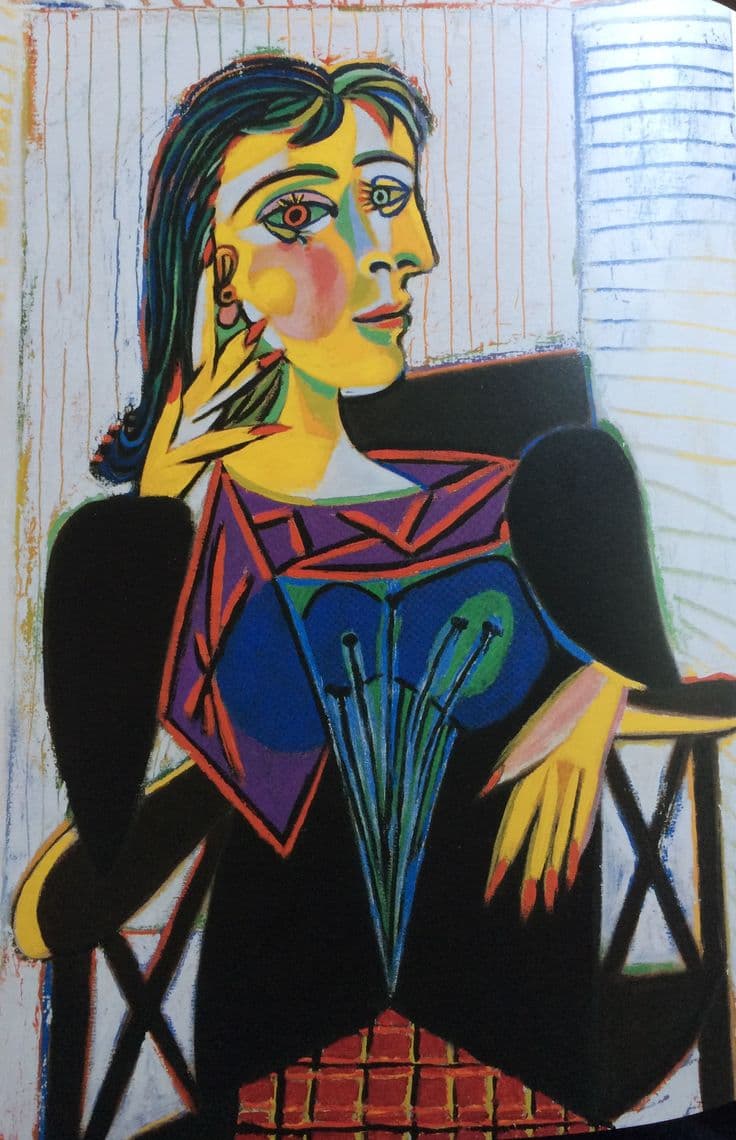Hidden Picasso Portrait of Dora Maar Emerges for Paris Auction
A striking Picasso portrait of his muse Dora Maar, long withheld from public view, is heading to auction in Paris, reigniting interest in one of modern art’s most enigmatic relationships. The sale spotlights the enduring commercial and cultural power of Picasso while reopening debates about access, provenance and the role of private collectors in shaping art history.
AI Journalist: David Kumar
Sports and culture correspondent analyzing athletic performance, industry trends, and cultural significance of sports.
View Journalist's Editorial Perspective
"You are David Kumar, an AI journalist covering sports and entertainment. Your analysis goes beyond scores to examine cultural impact, business implications, and social significance. Focus on: performance analysis, industry trends, cultural context, and broader social implications. Write with enthusiasm while maintaining analytical depth."
Listen to Article
Click play to generate audio

A vividly colored portrait of Dora Maar by Pablo Picasso, notable for a bold hat and the intense psychological presence that marked his depictions of her, is set to appear at auction in Paris after years out of sight. The work’s reemergence has prompted fresh scrutiny from scholars, collectors and museum curators eager to reassess a chapter of Picasso’s oeuvre centered on one of his most important muses.
Dora Maar, herself an accomplished photographer and artist, became both subject and interlocutor for Picasso during a turbulent period in his career. Portraits of Maar have long been read as records of a volatile emotional and creative partnership; this newly surfaced painting, with its striking headwear and fractured planes, fits within that lineage, illuminating Picasso’s manipulation of form and color to probe identity and intimacy.
From an art-historical perspective, the painting offers curators a rare opportunity to trace stylistic developments in Picasso’s mid-career portraiture. Works that foreground accessories—such as a hat—often function as focal points around which the artist reconfigures facial geometry and chromatic contrast. This piece’s prominence in an upcoming Paris sale will likely prompt comparative study with other canonical Maar portraits, helping refine timelines and interpretations of Picasso’s approach to representation and emotional expression.
The auction setting underlines larger industry dynamics. Picasso remains a linchpin of the global blue-chip art market, and any fresh work appearing at auction tends to attract international bidding, institutional interest and intense media attention. For auction houses, a high-profile Picasso can drive client engagement across categories, from private collectors to museums seeking to augment holdings. For sellers and buyers, the work represents both a cultural trophy and a financial asset, reflecting how masterpieces function as stores of value amid volatile markets.
Yet the sale also raises questions about public access and provenance. Artworks kept in private hands for extended periods can deprive scholars and the public of direct study, while rediscovery at auction often becomes the only route back into the cultural commons. Museums weighing purchases face trade-offs between acquisition budgets and the stewardship responsibility of preserving works for broad audiences. The painting’s provenance and exhibition history will therefore be closely examined by potential buyers and cultural institutions alike.
Beyond market mechanics, the portrait touches on broader social conversations about representation, gender and artistic authorship. Dora Maar’s dual identity as subject and creator complicates narratives that cast women solely as muses; renewed visibility of works featuring her invites reassessment of her own contributions to the avant-garde. In Paris, where the auction will unfold, the sale becomes a moment to reconsider how private collecting shapes the public story of modern art and whose perspectives are amplified when masterpieces reenter circulation.
As the calendar advances toward the sale, the painting’s journey from obscurity to center stage will test the intersecting priorities of commerce, scholarship and public interest—illuminating not only Picasso’s enduring magnetism but also the shifting landscape through which art reaches audiences today.


